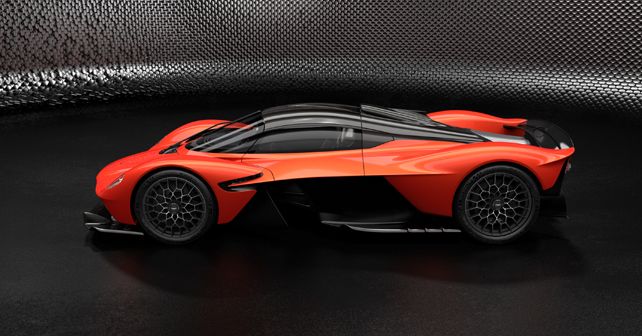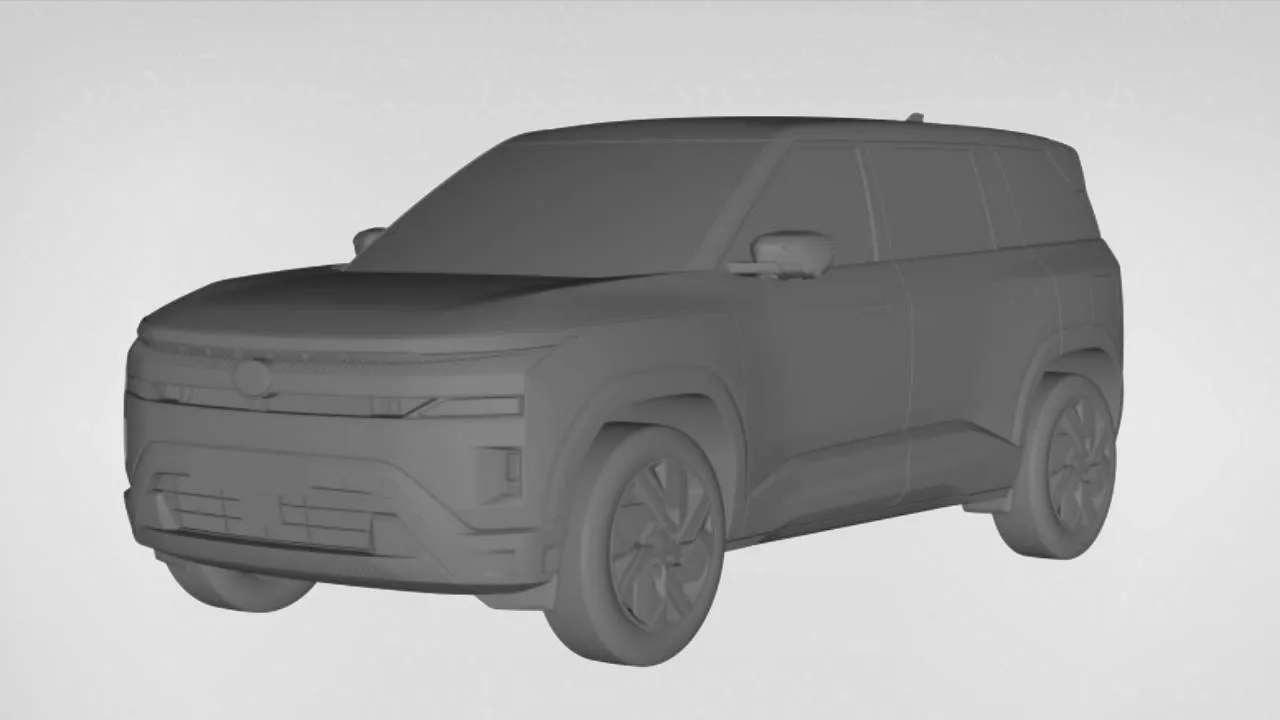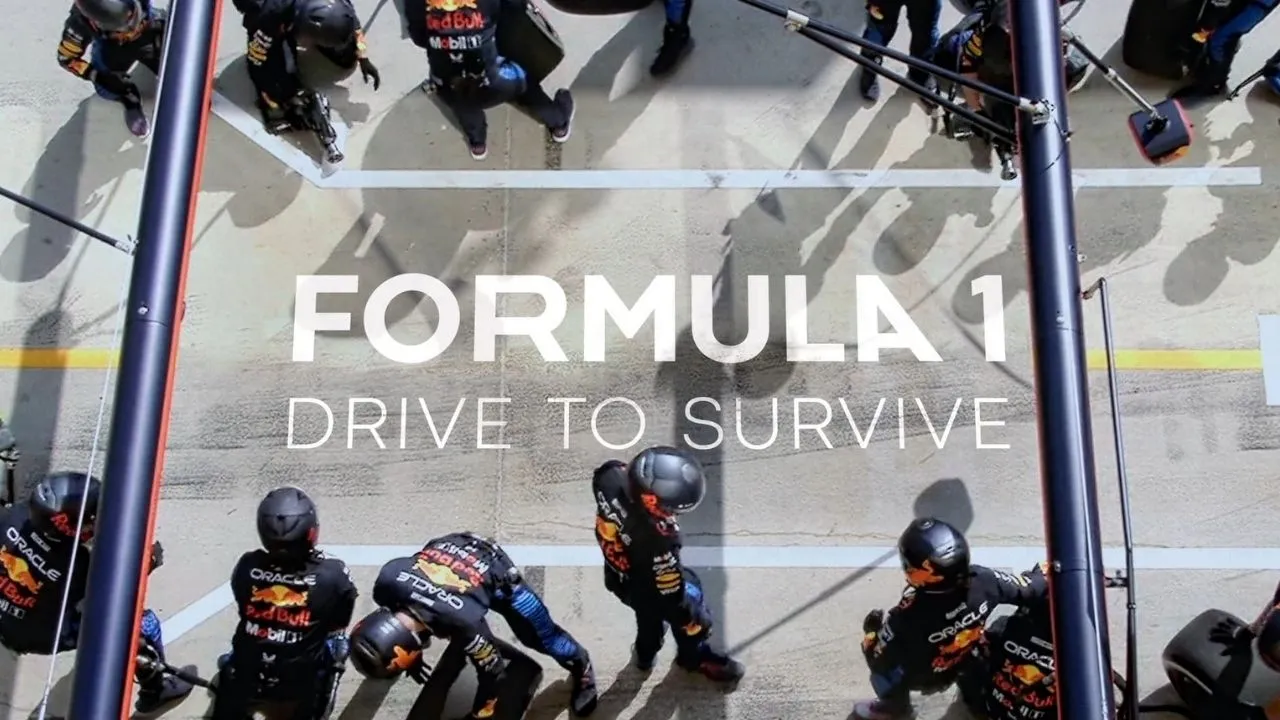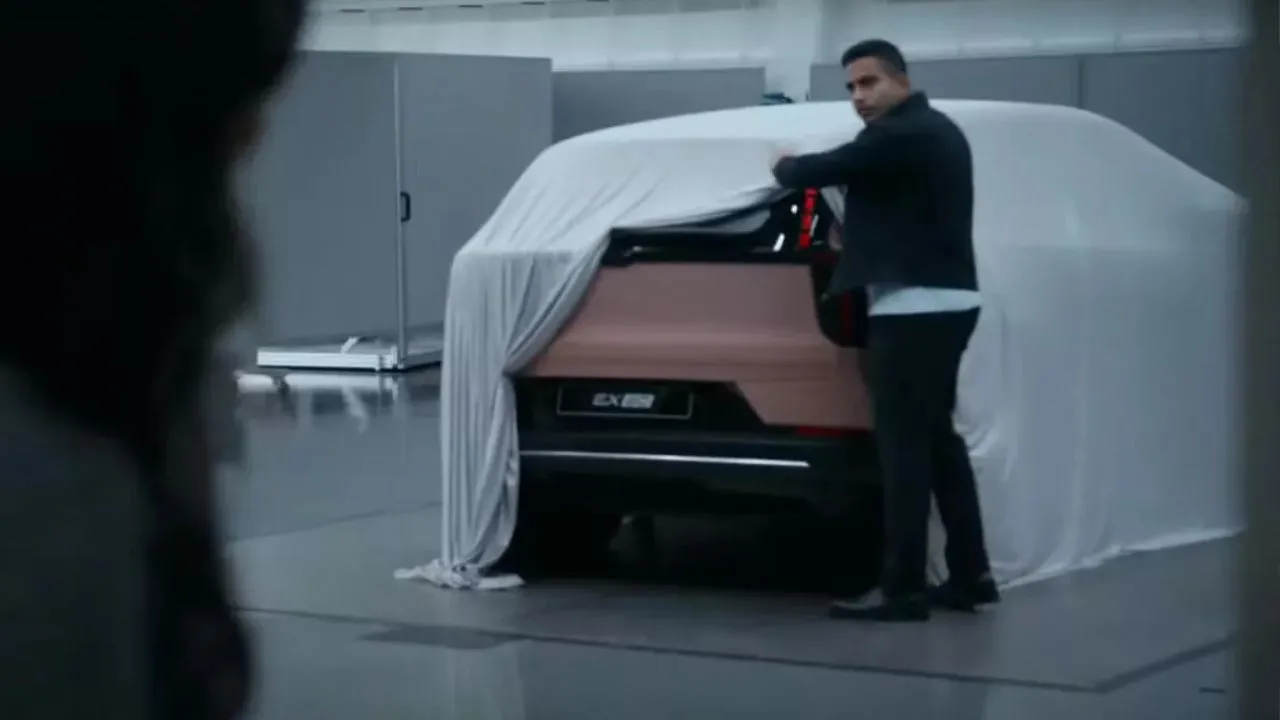Production-ready Aston Martin Valkyrie hypercar revealed
Aston Martin has revealed the production version of the Valkyrie hypercar but is still officially tight-lipped about its performance figures. Aston Martin has been working on their very first electric hypercar in collaboration with Red Bull.
Aston Martin has revealed the production version of the Valkyrie hypercar but is still officially tight-lipped about its performance figures.
Aston Martin has been working on their very first electric hypercar in collaboration with Red Bull. And after teasing with different versions and information regarding the car, Aston has finally gone and revealed the production-ready vehicle with headlights, tail lights and new aero tweaks based on the prototype concept which was showcased earlier this year at the Geneva Motor Show. In addition to that, it also has a fully finished interior with a removable steering wheel, seats and instrumentation as well.

From the looks of it, the cabin looks more upright compared to the concept version of the car, we guess to make it more comfortable for the occupants. The sides have been given a simpler touch on the production version of the car, while still maintaining the Aston Martin trademark vents on the front fenders. The production car gets an air scoop on the top, a feature which was missing from the concept model. The Venturi tunnels run the full length of the car and full wheel covers are now added to the vehicle as well.
With Red Bull’s Adrian Newey as the chief aerodynamicist working with Aston Martin’s chief designer, Marek Reichman, the Valkyrie is obsessed with airflow and lightness. So much that the production car now features working head and tail lamps which are claimed to be 30-40 percent lighter than any unit fitted on any other existing Aston Martin. A normal Aston Martin badge was deemed too heavy for this car, while a sticker would just be worse than blasphemy, so the badge is laser-etched from aluminium that is just 70 microns thick. That's thinner than a human hair.

The entire car is made from carbon fibre and the seats will be tailor made to the owner’s specifications and will not be adjustable as it will be a part of the shell. The passenger’s seating positions have been inspired right out of a Formula One or LeMans prototype. Both occupants have to sit reclined with their feet slightly raised. The occupants will be fastened to their seats with a four-point harness, (a six-point harness will be offered as an option). To keep the driver focused on nothing but driving, all the switchgear for the vehicle has been integrated into the removable racing-like steering wheel. The cabin features the main screen positioned centrally, while an information display is also provided right on the steering wheel. Additionally, there are two other screens on either side of the cockpit. To improve aerodynamics, Aston Martin has replaced ORVMs with cameras. The feed from the ORVMs is displayed on the screen in the cabin - making it the first time this technology will be used in a production car.

Some other tweaks are expected down the line as the vehicle nears production. However, most of the body panels and structures won't be seeing any major adjustments. As for the powertrains, Aston Martin officially hasn't revealed any numbers, however, Cosworth will be producing a naturally aspirated 6.5-litre V12 engine for the car which will be paired to a KERS hybrid system from Rimac. Power, which is rumoured to me around the 1114bhp mark, will be sent to the rear wheels by a 7-speed gearbox with paddle shifters from Ricardo. Michelin will be supplying the tyres. This $3 million limited production hypercar will hit the roads in 2019.





























Write your Comment on